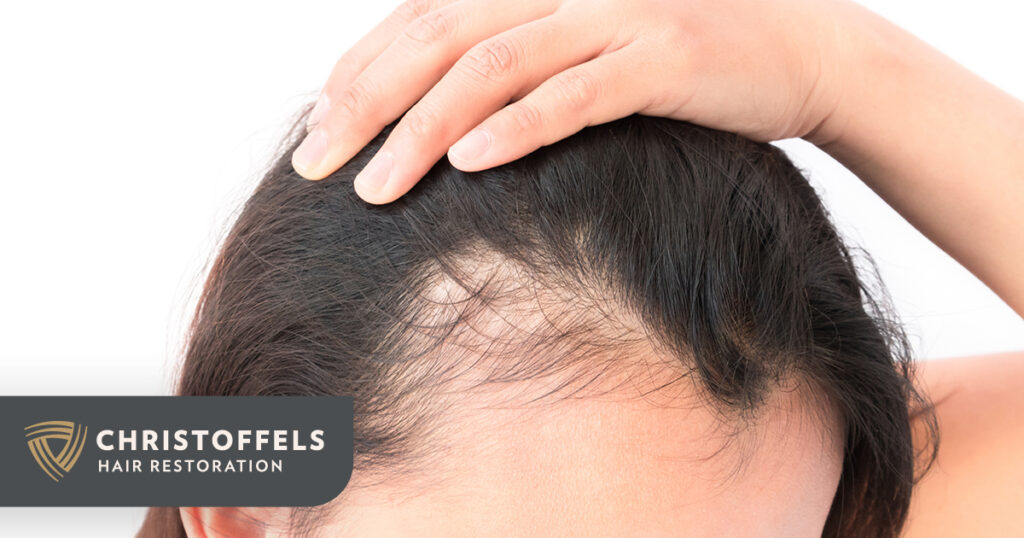Buzz Haven: Your Daily Dose of News
Stay informed and entertained with the latest buzz in news, trends, and insights.
Balancing Act: Hair Today, Gone Tomorrow
Master the art of hair transformation! Discover tips, tricks, and secrets to achieve stunning styles that last—before they're gone!
The Science Behind Hair Growth: Understanding the Cycle
The process of hair growth is a complex biological phenomenon that occurs in a cyclical manner, divided into three main phases: anagen, catagen, and telogen. The anagen phase, often referred to as the growth phase, can last several years and is when the hair is actively growing. In contrast, the catagen phase is a transitional phase lasting a few weeks, during which hair growth slows and the hair follicle begins to shrink. Finally, in the telogen phase, the hair rests for a few months before falling out, making way for new hair to grow. Understanding these phases is crucial for addressing issues related to hair loss and promoting healthy hair growth.
Research suggests that various factors can influence these growth phases, including genetics, hormonal changes, and nutritional deficiencies. For example, stress and hormonal imbalances can prematurely push hair follicles into the telogen phase, leading to increased shedding. Moreover, a diet rich in essential nutrients, such as vitamins A, C, D, and E, as well as minerals like zinc and iron, is vital for supporting the hair growth cycle. By grasping the science behind hair growth and the factors affecting it, individuals can implement effective strategies to enhance their hair health and address concerns such as thinning hair or baldness.

Common Myths About Hair Loss Debunked
Hair loss is often surrounded by a multitude of myths that can lead to misunderstanding and unnecessary stress. One common myth is that wearing hats causes hair loss. While it is true that consistent tension on hair can contribute to a condition called traction alopecia, simply wearing a hat does not harm your hair follicles or lead to pattern baldness. In fact, hats can protect your scalp from sun damage, and they are especially useful in colder weather.
Another prevalent myth is that hair loss only affects older individuals. The reality is that people of all ages can experience hair loss, including teenagers and young adults. Factors such as genetics, hormonal changes, and environmental stressors can trigger premature hair thinning. It's important to consult with a healthcare provider if you're concerned about hair loss, as early intervention can often lead to more effective treatments.
How to Find the Right Hair Care Routine for Your Hair Type
Finding the right hair care routine for your hair type is essential for maintaining healthy, vibrant locks. Hair types can vary significantly, from straight to wavy, curly, and coily. Each type has its unique needs when it comes to moisture, protection, and styling. To begin, assess your hair texture—fine, medium, or thick—and understand whether your hair tends to be oily, dry, or a combination of both. This will help you determine the specific products and techniques that will work best for you.
Once you’ve identified your hair type, it’s time to develop a personalized routine. Here are some key steps to consider:
- Shampooing: Use a sulfate-free shampoo that aligns with your hair's needs. For oily hair, a clarifying shampoo may be beneficial, while dry hair types should opt for moisturizing shampoos.
- Conditioning: Always follow up with a conditioner suitable for your hair type, focusing on the ends where damage is most prevalent.
- Treatment: Consider incorporating weekly treatments like deep conditioners or hair masks to provide extra nourishment.
- Styling: Choose styling products that cater to your hair type to enhance texture and protect against heat damage.
Regularly reevaluate your routine as your hair's needs may change with the seasons or due to other factors.